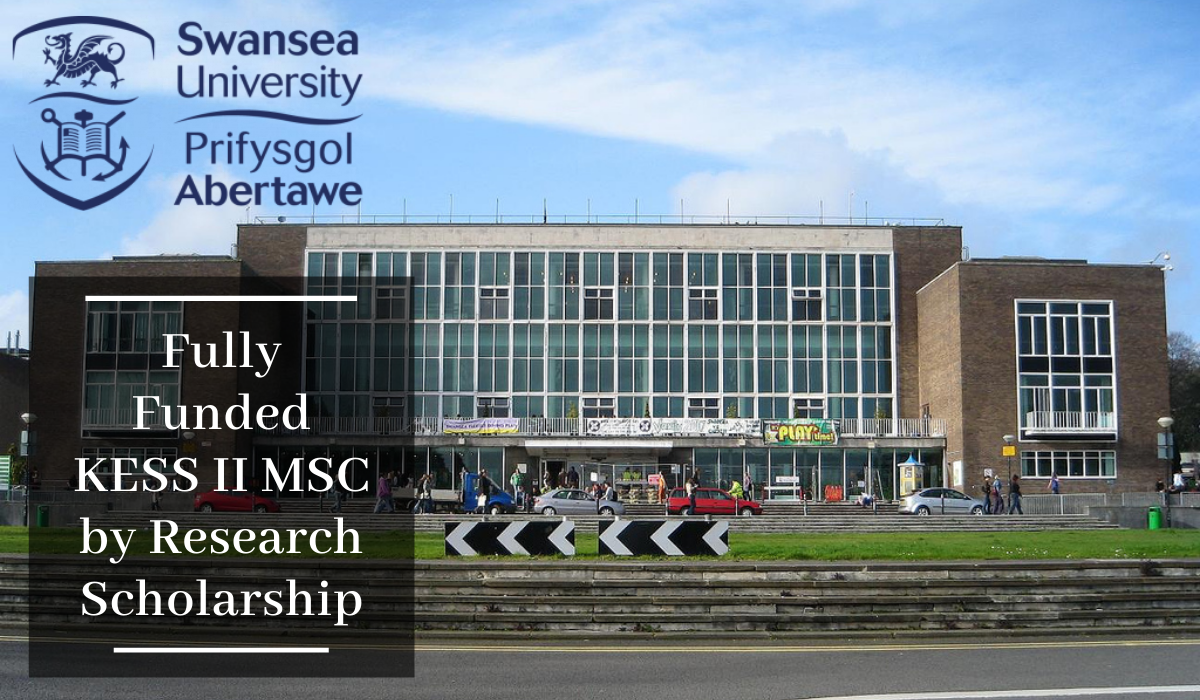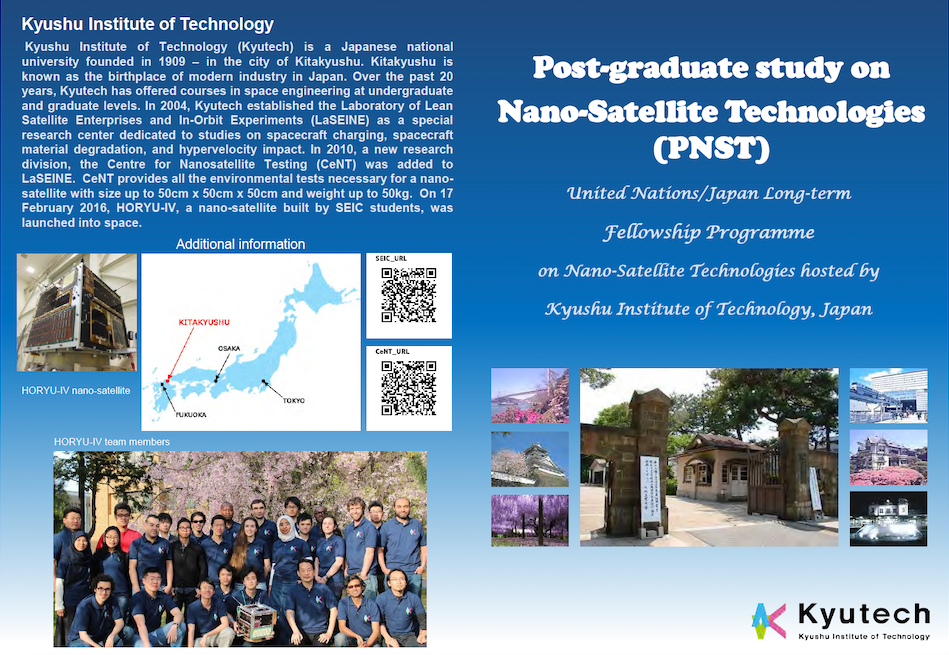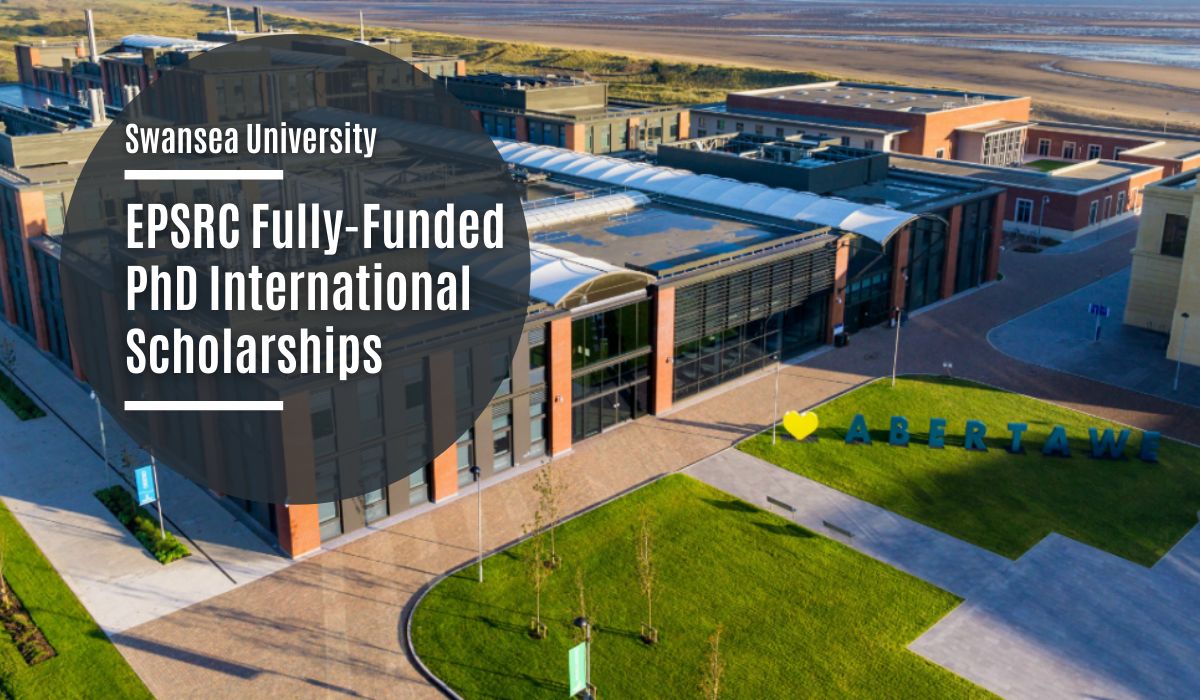Fully Funded EPSRC iCASE and TATA Steel PhD at Swansea University
Materials Science Scholarships in UK – Fully Funded EPSRC iCASE and TATA Steel PhD at Swansea University
This grant is supported by EPSRC iCASE Award and TATA Steel.
Start date: July or October 2024
Bosses: Swansea University-Dr Hollie Cockings (essential) and Professor Cameron Pleydell-Pearce (auxiliary)
Sheffield University-Dr Jon Willmott (optional)
Goodbye Steel-Dr Christopher Hauge (mechanical)
Task depiction: Warming heaters are a fundamental piece of Tata Steel Europe’s hot plants. Warming heaters are warmed by gas burners and plan to warm the steel pieces to their moving temperature with a realized temperature profile through the thickness.
Warming heaters depend overwhelmingly on the heat being radiatively moved to the chunks. Since steel is inclined to oxidation, the sections grow an oxide layer on their surface. This has two significant impacts on the warmth move from the heater to the section:
It changes the emissivity of the surface, and consequently the force the section retains from the heater.
It presents a protecting layer on the outside of the piece, which eases back warm dispersion into the section.
The oxide layer thickness can be roughly determined for basic preparation, anyway the development of emissivity with time and temperature just as its reliance on the oxide thickness or geography of the oxide surface is obscure.
The emissivity of oxide scales is known to be influenced by various boundaries, including the organization of the climate, steel grade, temperature, steel surface condition, and time. A portion of these boundaries is inside our control, for instance, the synthesis of the environment in the warming heater, the temperature cycle, or the steel structure.
In this undertaking, we might want to see what the temperature cycle and ultimately heater climate means for the surface state of the oxide scale, and accordingly the emissivity. The principal modern point is to have the option to present exact emissivity esteems in the heater model as an element of time and temperature, the subsequent point is to extrapolate this forecast to various steel organizations. An extra point, if time licenses, is to see how to control the emissivity to amplify it and improve heater effectiveness.
The destinations of the venture include:
- Create and approve a trial arrangement that can quantify the emissivity of oxide scales as a component of temperature and time.
- Measure emissivity as a component of temperature and advancement on schedule for HSLA and low carbon grades warmed in a climate illustrative of a warming heater air.
- Relate emissivity changes to changes in the oxide layer, for example morphological, underlying, or compositional changes.
- Detail the connection emissivity, time, temperature, and steel organization to be utilized in the modern model.
- Propose, if time allows, the upgraded heater boundaries, or section surface adjustments to accomplish the most extreme emissivity on the pieces.
Accessible assets/offices:
The understudy will expect admittance to gear situated inside the pilot plant inside Swansea University’s Steel and Metals Institute/Tata Steel’s Swansea Technology Center.
Sound Campus Materials Engineering and AIM Labs will likewise be needed for metallurgical readiness and investigation methods.
The understudy will probably additionally be needed to invest energy at Tata Steel Port Talbot’s Hot Strip Mill.
Swansea University: This is a grant from Swansea University.
Swansea is a seaside city and region, formally known as the City and County of Swansea in Wales.
Qualification for Fully Funded EPSRC iCASE and TATA Steel PhD at Swansea University
Competitors should hold at least an upper second class (2:1) praises degree (or its same) in an important designing/science discipline, like Materials Science, Chemical Engineering or Physics. A blend of capabilities, as well as experience comparable to that level, might be considered at the circumspection of the college.
Required insight/abilities
- Demonstrable ability to attempt and profit by research preparing through to fulfillment, to fit the bill for a doctorate.
- A key comprehension of metallic materials and their assembling measures.
- An appreciation for trial test strategies and examination techniques utilized in materials designing applications.
- The capacity to exhibit a comprehension of the venture point, show broadness of information, and adjust to different branches of knowledge.
- The capacity to work autonomously and as a component of a group.
- The capacity to dissect and plan logical information and discoveries for worldwide dispersals like gathering introductions and friend investigated diaries.
- Demonstrable drive and autonomy in research arranging and thinking – while being ingenious and inventive.
- An eagerness to travel locally (potentially broadly and universally for meetings and community-oriented working) and insert themselves in a modern scholastic setting.
We would ordinarily anticipate the scholarly and English Language necessities (IELTS 6.5 by and large with 5.5+ in every segment) to be met by point of use. For subtleties on the University’s English Language passage necessities, if it’s not too much trouble, visit – http://www.swansea.ac.uk/affirmations/english-language-prerequisites/
Because of financing limitations, this grant is available to UK/EU up-and-comers just (EU nationals should have no limitations on how long they can remain in the UK and have been conventionally an inhabitant in the UK for at any rate 3 years preceding the beginning of the studentship).
Advantages of Fully Funded EPSRC iCASE and TATA Steel PhD at Swansea University
This grant takes care of the full expense of UK/EU educational expenses and a yearly payment of £18,500.
There will be extra assets accessible for research costs.
Application: If it’s not too much trouble, visit our site for more data.
https://www.swansea.ac.uk/postgraduate/grants/research/materials-science-epsrc-goodbye







